LangMedia
Hindi in North India
Taxis, Scooters, and Rickshaws
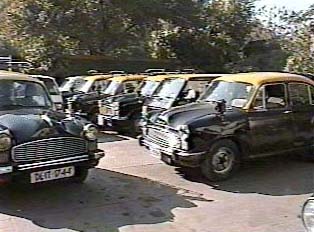
At the airport, one can prepay for a taxi inside and get a coupon, which is then presented to the taxi driver. The standard line from the drivers is that their meter is broken; either wait for another taxi or pay the meter as is (in other words, do not let the driver add money to the meter). A scooter taxi has a meter but also has a sheet on which is listed the amount to be added to the metered price. That is standard procedure, but ask to see the sheet with the additional sum listed.
For visitors already in a city, one can telephone for a taxi, which happens to be the best way to travel at night, especially late at night. One can hail a scooter or go to a scooter stand, but at night, the scooter will charge whatever they want to and may refuse the fare because of the hour and the desired destination. In areas where traffic congestion is particularly heavy - in Old Delhi, for example --one may use a rickshaw, which can be found at a rickshaw stand.
Pedestrians should always exercise great care. Streets are congested in India, and no one is looking out for pedestrians. Be particularly careful in crossing streets. Pay specific attention to buses, which travel as fast as cars and can be dangerous (to the riders as well as to the pedestrians).
Images
-
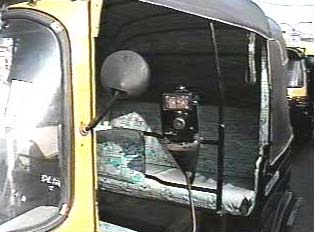 Close-up of inside of scooter
Close-up of inside of scooter -
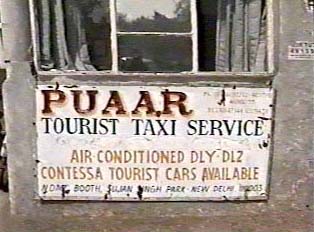 Sign for tourist taxi service
Sign for tourist taxi service -
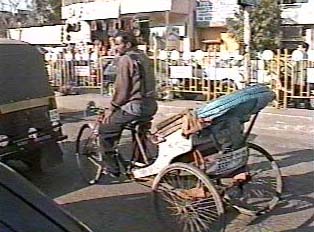 Close-up of rickshaw
Close-up of rickshaw -
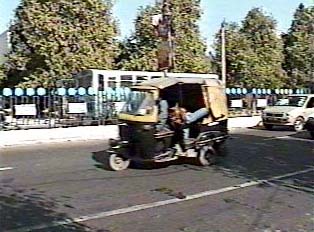 Scooter on street
Scooter on street
